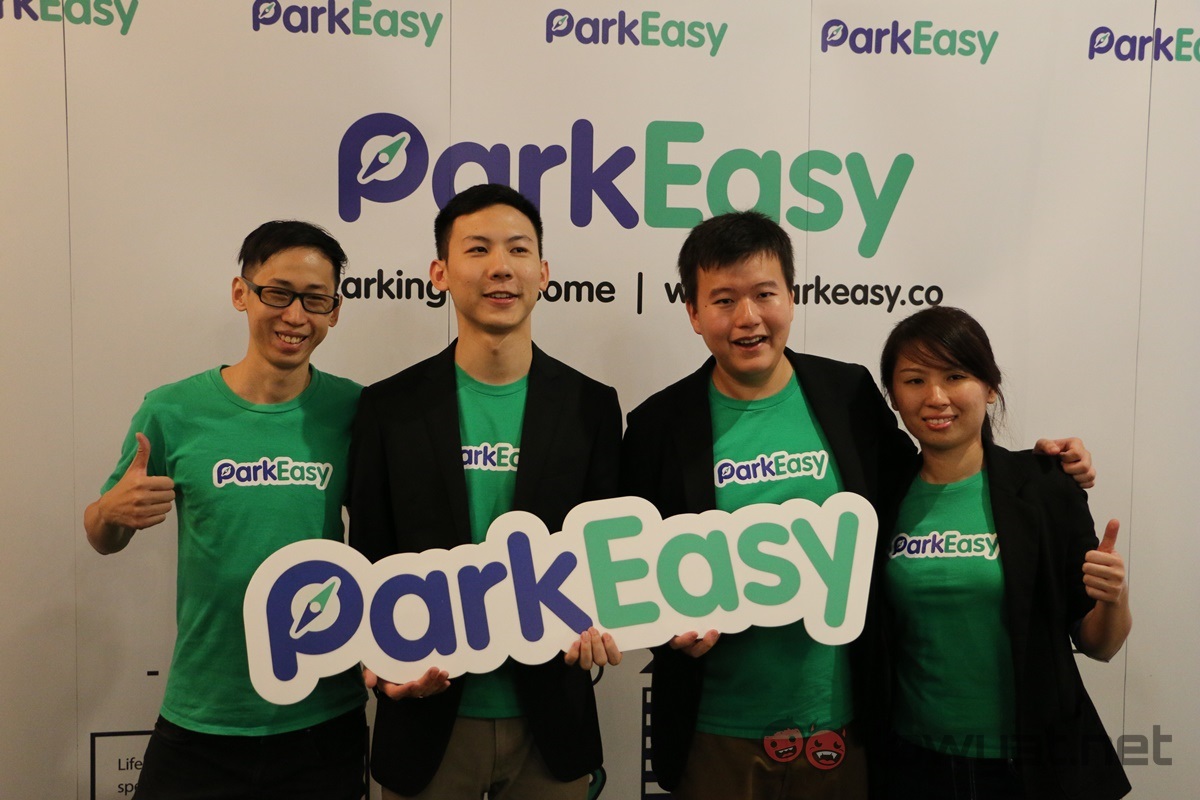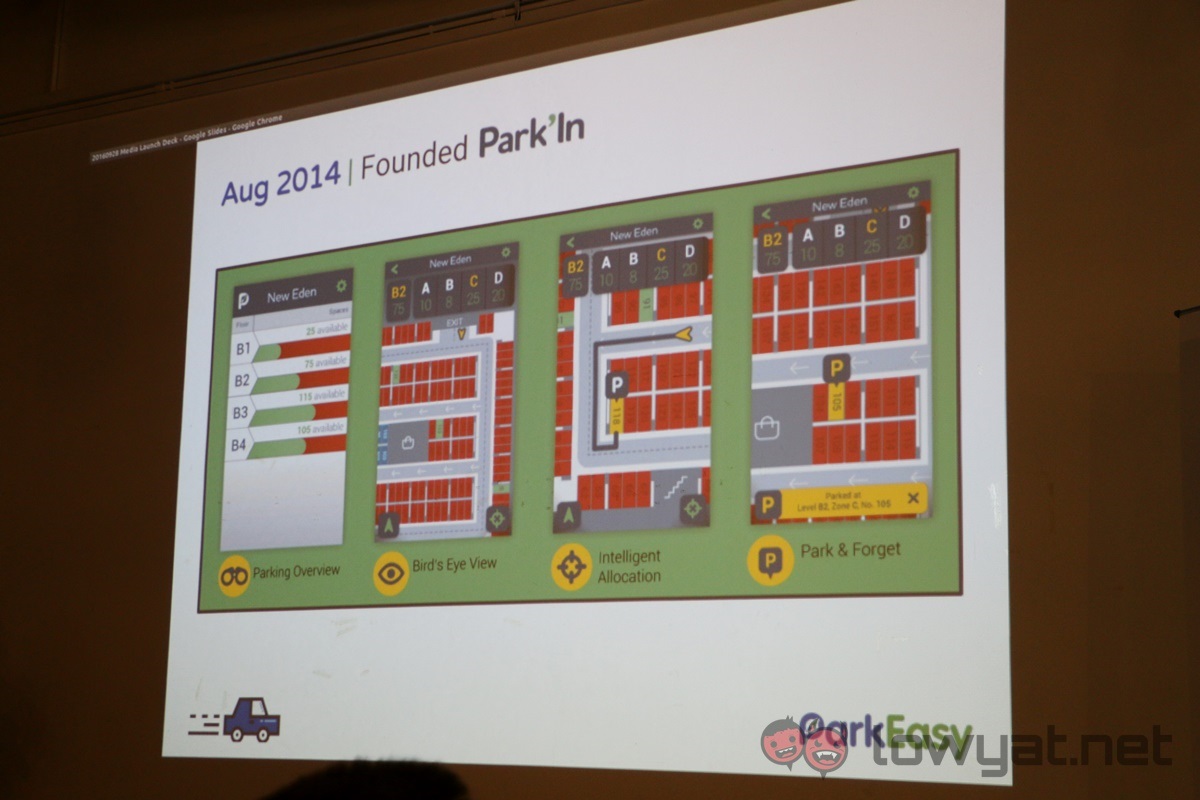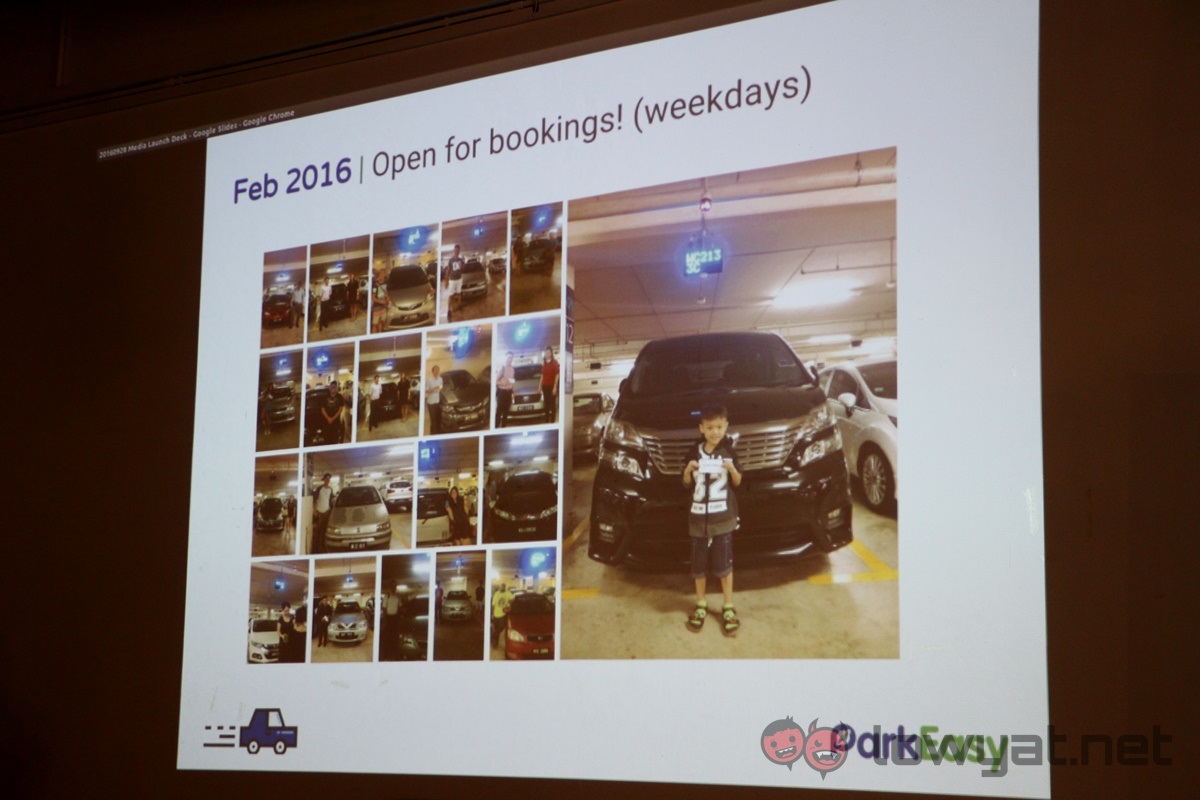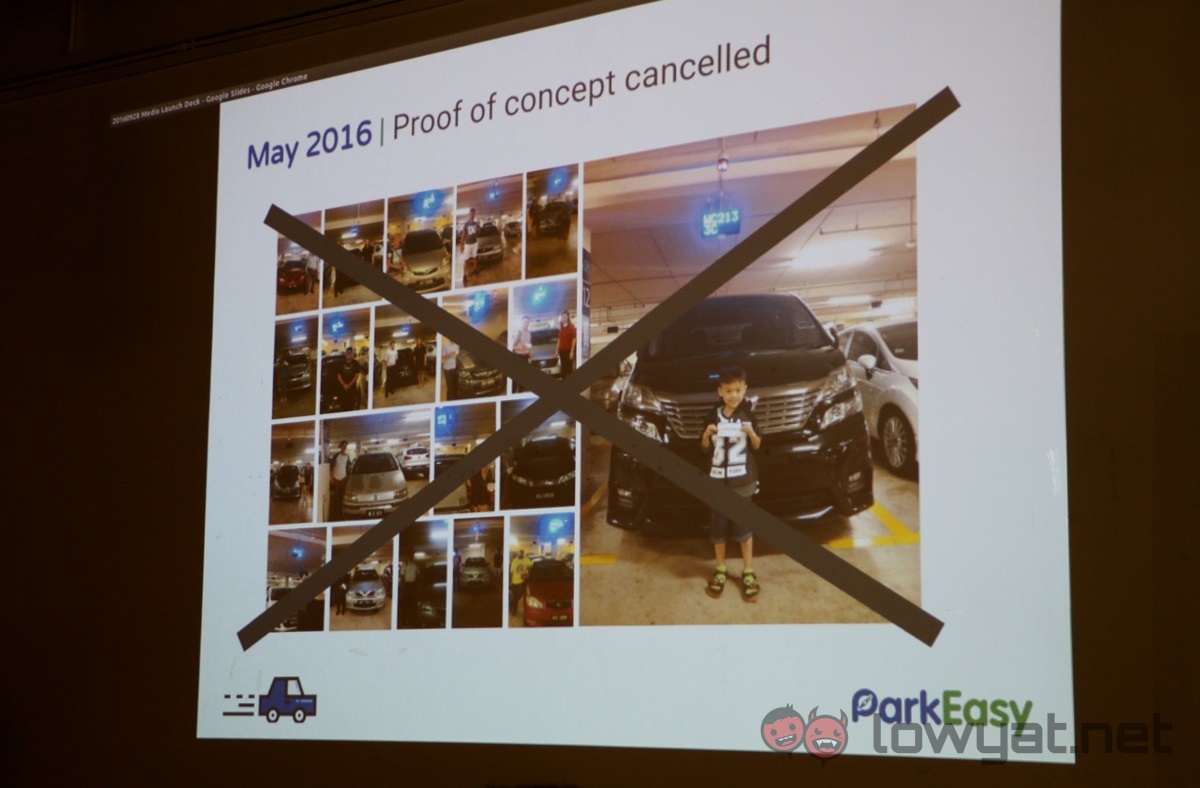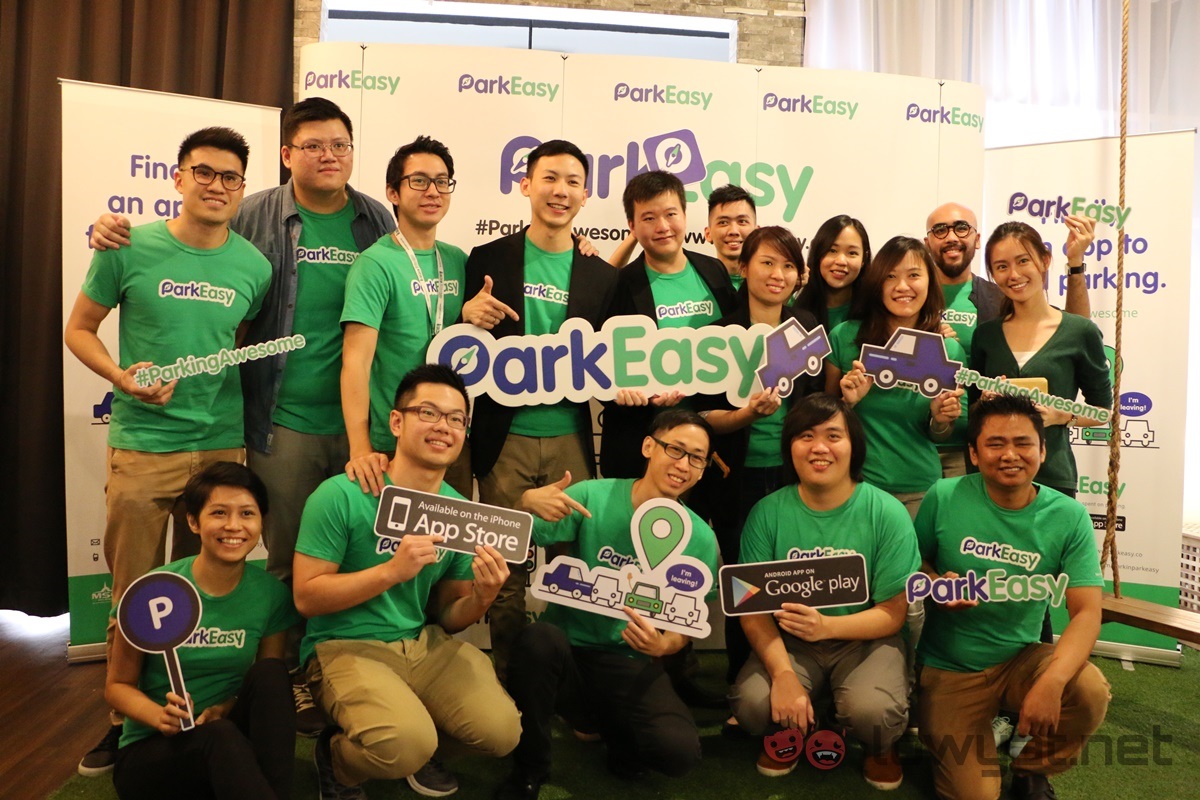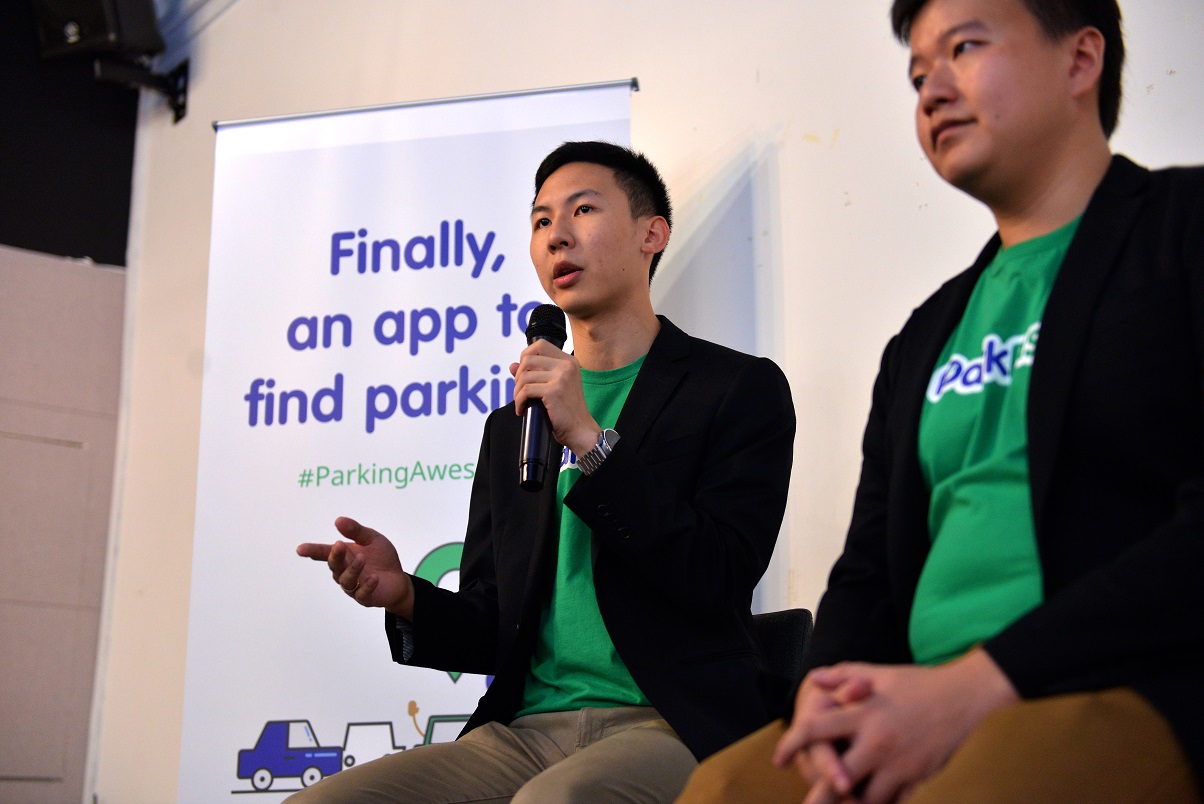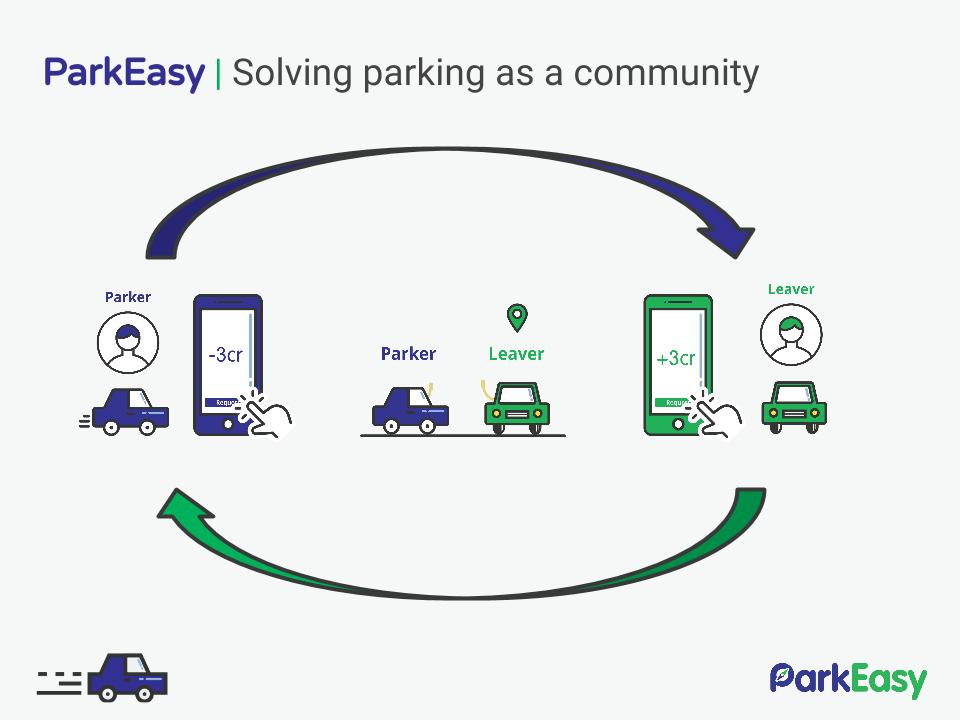It’s one of the most common problems we face in urban areas of Malaysia: the extreme amounts of time we spend searching for empty parking bays in shopping malls. What if there was something that could help us know exactly where an empty bay is? The answer is, of course, there’s an app for that.
Frustrated with having to spend a significant portion of his leisure time in the parking lot, Warren Chan had an idea which eventually became the start of ParkEasy. The app opens to the public as an open beta today on Android and iOS, though it is still currently limited to two shopping malls for now: Sunway Pyramid and Mid Valley Megamall. Other locations are coming soon, but for now ParkEasy aims to attack the hottest of the hot spots in terms of parking issues.
As its name suggests, ParkEasy is an app that allows users to easily find parking bays in locations that at times would be foolhardy to even attempt doing so. The app works around the concept of pairing a “parker” who’s searching for a spot with a “leaver” who’s leaving the area; think of it as an “Uber for parking spots”.
Iterative Beginnings
That said, the journey hasn’t been an easy one for Chan and his team. The initial idea for ParkEasy is a lot more innovative that the current iteration that it is today, but due to various factors, ParkEasy is now a peer-to-peer matching and community-based app.
Chan’s vision for ParkEasy began as “Let’s Park”, an app entry in the inaugural Hackademy KL in 2014. It’s essentially a parking spot locator that shows available bays in a parking lot from a bird’s eye perspective, and the option to navigate to it. “Let’s Park” was the winning entry in the hackathon, opening up opportunities for the app to grow rapidly.
Within months, “Let’s Park” became Park’In, which includes a database of parking bays in shopping malls (again, limited to a few), showing which bays were available, and directing users to it.
While the idea was noble, the team soon found a problem. “If you can see it, that means others can see it too,” Chan noted. It meant that someone using this app may navigate to the same parking bay as another user at the same time, causing friction points.
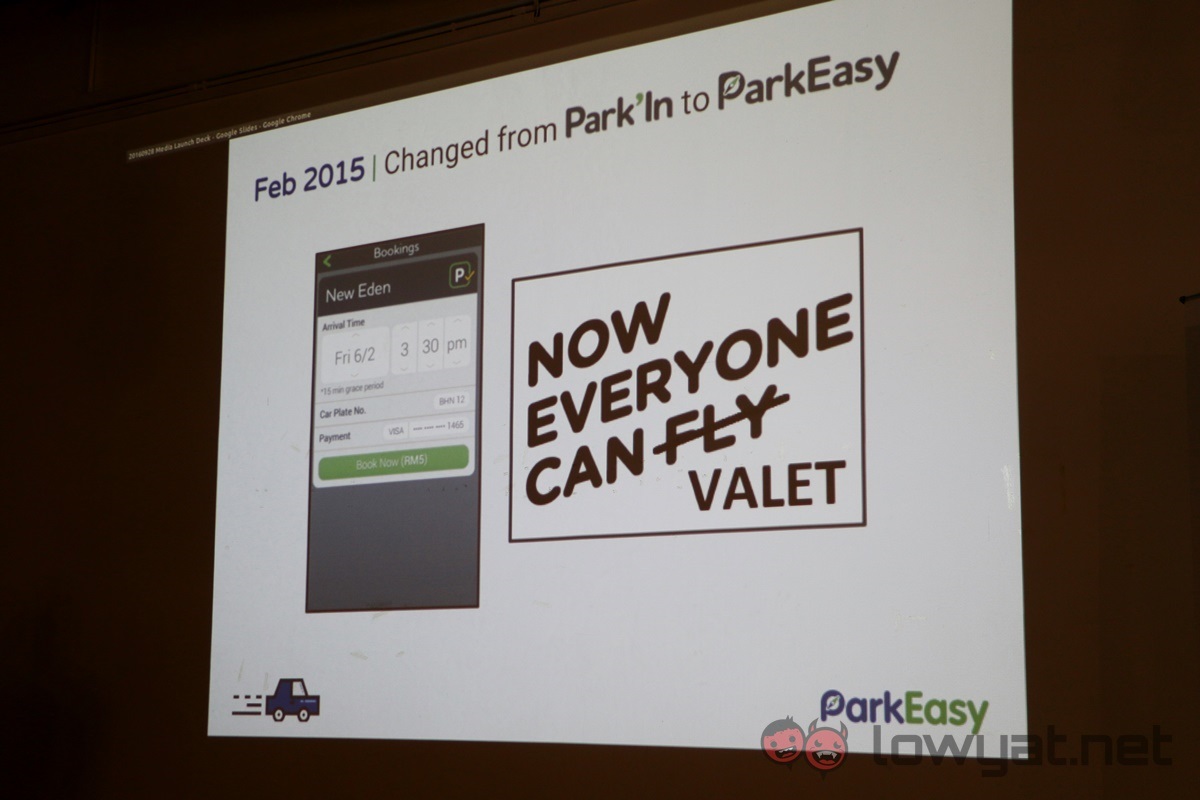
This eventually led to the first version of ParkEasy in 2015: a valet parking of sorts that had LED signboards above designated bays which will show the licence plate of the user who had booked it through the app. “Kiasu” or thick-skinned drivers who park in the bay after it has been booked will result in beeping sounds to kindly request said driver to empty the bay.
With the hardware in place, the first proof of concept took place in a shopping mall earlier this year. This was also when ParkEasy was open to the public to use, and it was – to a certain extent – a success. Users were happy that the app dramatically cut short “hunting” times, and with ParkEasy charging a small booking fee, there was a monetisation model in place. At that point, it was only a matter of time before ParkEasy would work with more shopping malls and other crowded locations and really change the game.
Sadly, that’s not how it turned out for ParkEasy.
Chan noted that Malaysians are used to the “first come, first served” nature of parking lots – the first to find a spot, gets it. Having a booking app that reserved specific bays for ParkEasy users didn’t go well for, well, non-users. According to Chan, some disgruntled Malaysians went to the mall concierge to complain about the issue, resulting in the management requesting ParkEasy to remove its services.
From there, it was back to the drawing board – the setback meant that ParkEasy spent about a year’s worth of work that wouldn’t work in Malaysia.
“The way I see it, instead of saying “oh, everything went wrong because of external forces”, I could say that “OK, things are not so good. Maybe there’s another way I could go around it,” Chan explained.
Eventually the team of 15 decided to work on a peer-to-peer model for the app, matching parker and leaver in real time. “It allowed us to achieve the same results – lowering the time spent looking for parking – without any hardware.”
How ParkEasy Works
https://www.youtube.com/watch?v=_1vYfwfCJJE
https://www.youtube.com/watch?v=YABnrB-O8Lo
Making the Switch
That said, the switch to a P2P model presents a challenge in itself: in order for it to work well, ParkEasy would need to gain a large amount of users; with a small number, the real-time matching would not work efficiently – a parker could end up waiting just as long for a leaver to appear, or the leaver may not find a parker to take the spot and earn credits within the 10-minute time frame, for example.
Chan admits that this model is hugely reliant on acquiring a huge number of users, which is why today’s open beta launch was critical. The app has actually been in beta for some time, with a small but dedicated group of users, but now it was time to stress test the system; the “beta” tag remains because Chan simply does not know if the app’s servers can cope should there be a large volume of users.
On the other hand, a P2P model also has its benefits. The single largest one is the flexibility the model provides. Where the old model required hardware installed in parking bays (which means potentially lengthy discussions with parking management, not to mention a large upfront cost), a P2P model allows ParkEasy to be used technically anywhere. Malls, convention centres, and even the parking spots by the roadside – as long as there is a parker and a leaver, the app’s backend (if and when scaled properly) will work.
Overcoming Mentalities
 CEO Warren Chan (Image: ParkEasy)
CEO Warren Chan (Image: ParkEasy)
Chan is also currently in negotiations to expand ParkEasy regionally. For a startup with only 4,000 active users and only two locations, the fact that ParkEasy is speaking to firms in Thailand and Singapore to bring its tech in both countries is very impressive. What’s also notable is the fact that the regional expansion is based on ParkEasy’s initial valet-style business model, and not the P2P one in Malaysia.
Chan stated that the parking mentality among Malaysians is quite deeply ingrained, making it harder to re-educate the public of a better way to do things. (It may also be the fact that some Malaysians refuse to pay an additional fee for the convenience, but I digress.)
Making Money
With over RM2 million raised, ParkEasy will also need to ensure it can eventually be profitable. The “valet style” booking system practically ensured that ParkEasy would break even, but with the P2P model, it all (again) boils down to a numbers game.
Upon signing up, users get 10 free credit to use in the app. Parkers get charged 3 credits each time they are successfully paired with a leaver (i.e. find a parking spot), while leavers earn 3 credit each time they are paired with a parker. Should a user deplete his credit, they can purchase more via the app; 1 credit costs RM1 with a RM2 transaction fee charged.
In theory, this model allows a user to use ParkEasy for free forever. But of course, in reality that may not be the case. There is less incentive for the leaver to use the app compared to the parker; earning 3 credits may not be enough to incentivise the user to fire up the app on their way out.
But, from the company’s initial data, Chan noted that the test group using the app used both parker and leaver modes frequently – he estimates that about 80% of users turned on leaver mode in the app.
Make or Break With Data
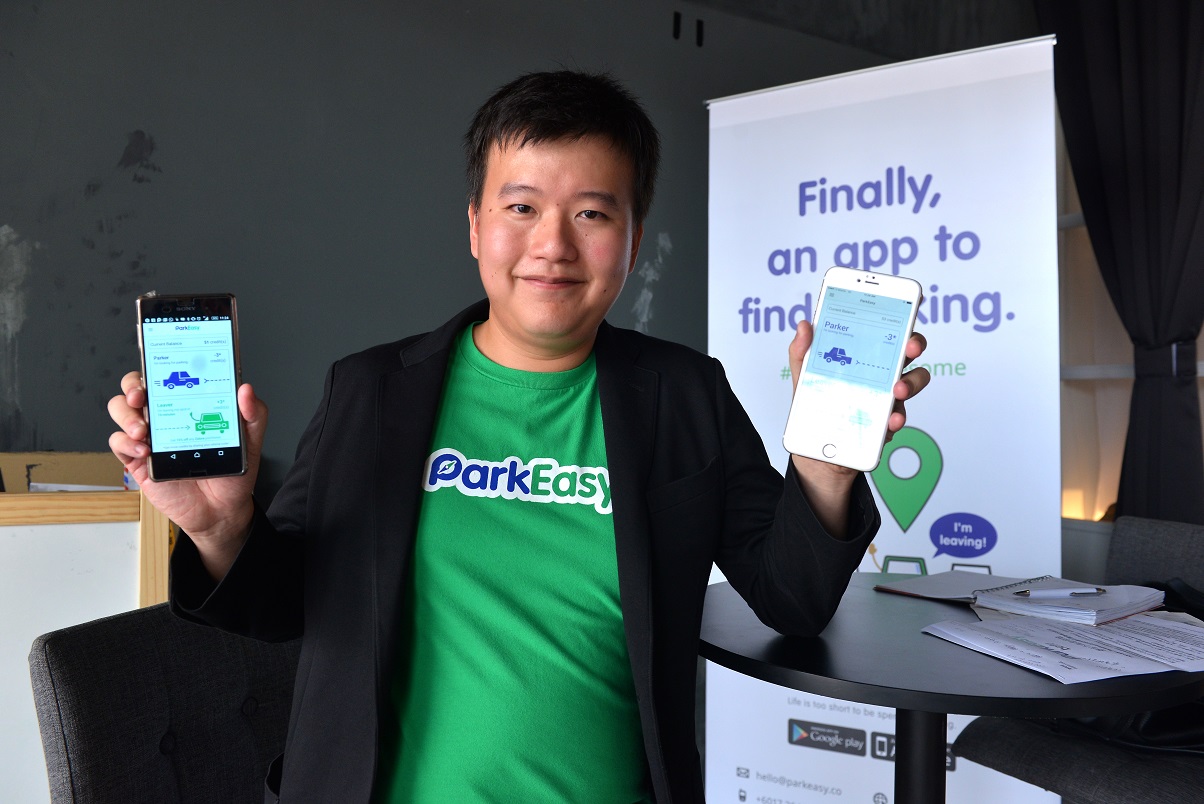 CTO Eric Tan (Image: ParkEasy)
CTO Eric Tan (Image: ParkEasy)
As apps like Waze have shown, a community-based app can work – if it’s a simple solution to an everyday problem, the user base will grow. Eventually the userbase will be large enough to include a healthy percentage of those who give and take in equal measure. Chan is already working on ways to further incentivise users to use both parker and leaver roles equally; using algorithmic ratios to reward more credits in peak hours was mooted, for example.
But for that, or other new features, to work, ParkEasy will need a large userbase. It’ll be the single biggest challenge Chan and his team faces, one which will determine how quickly the app can grow – or fall.
Follow us on Instagram, Facebook, Twitter or Telegram for more updates and breaking news.


